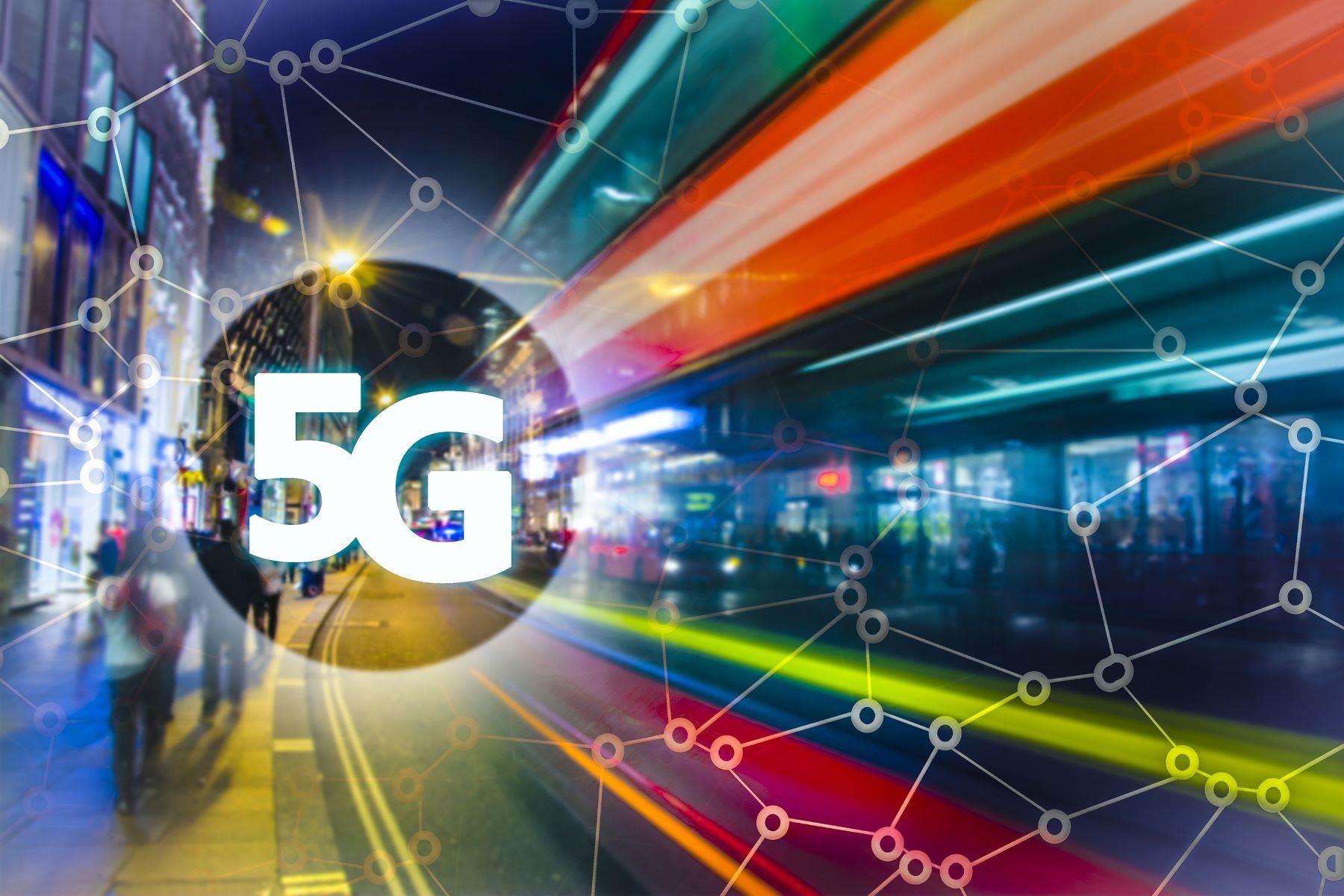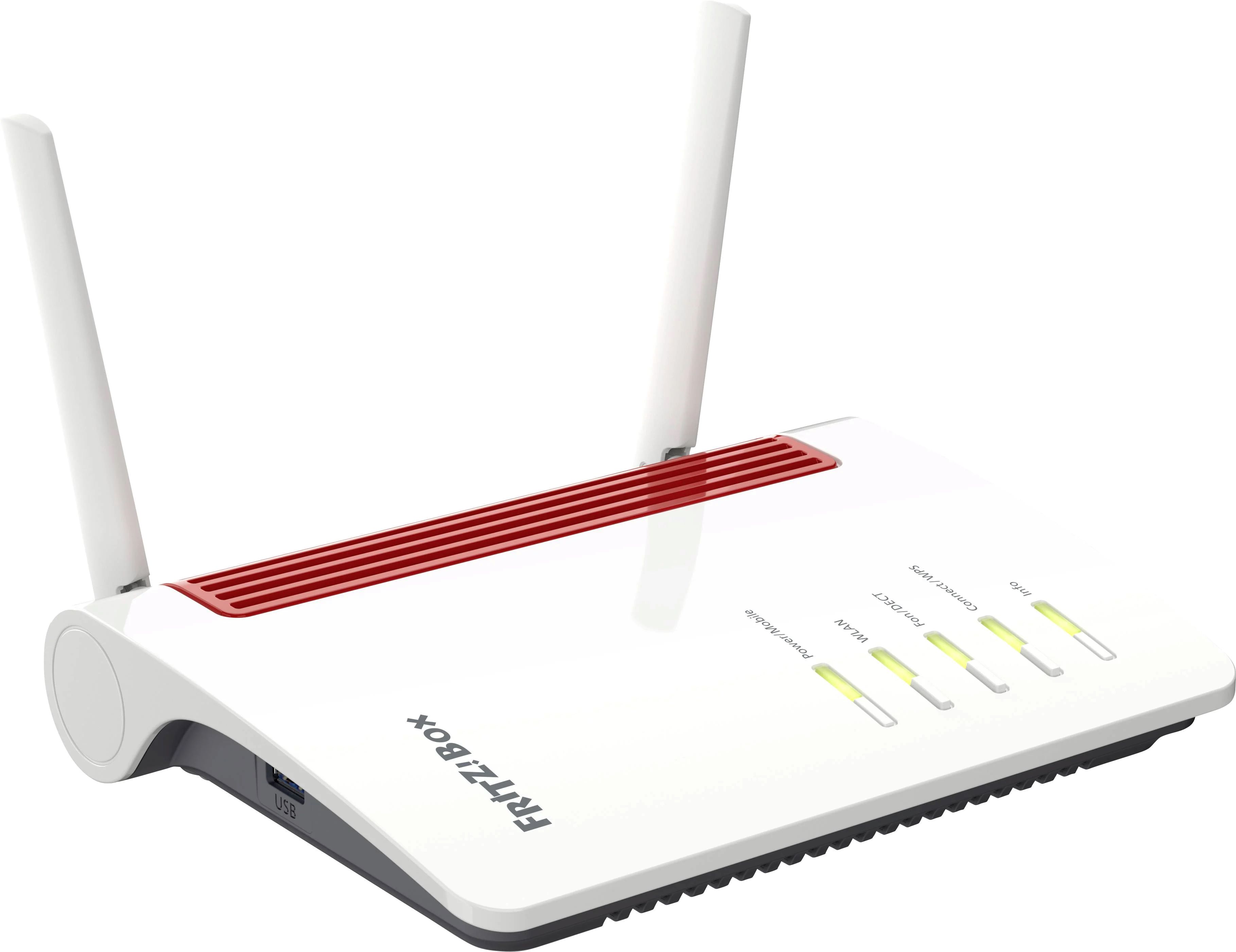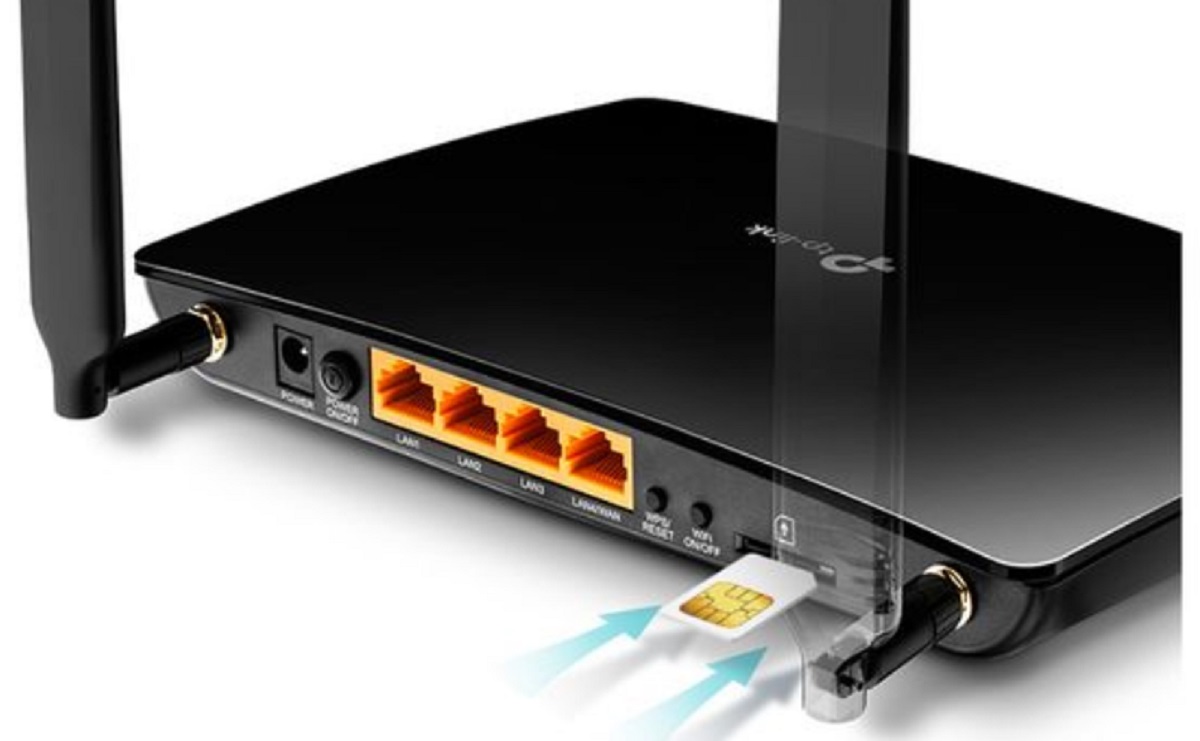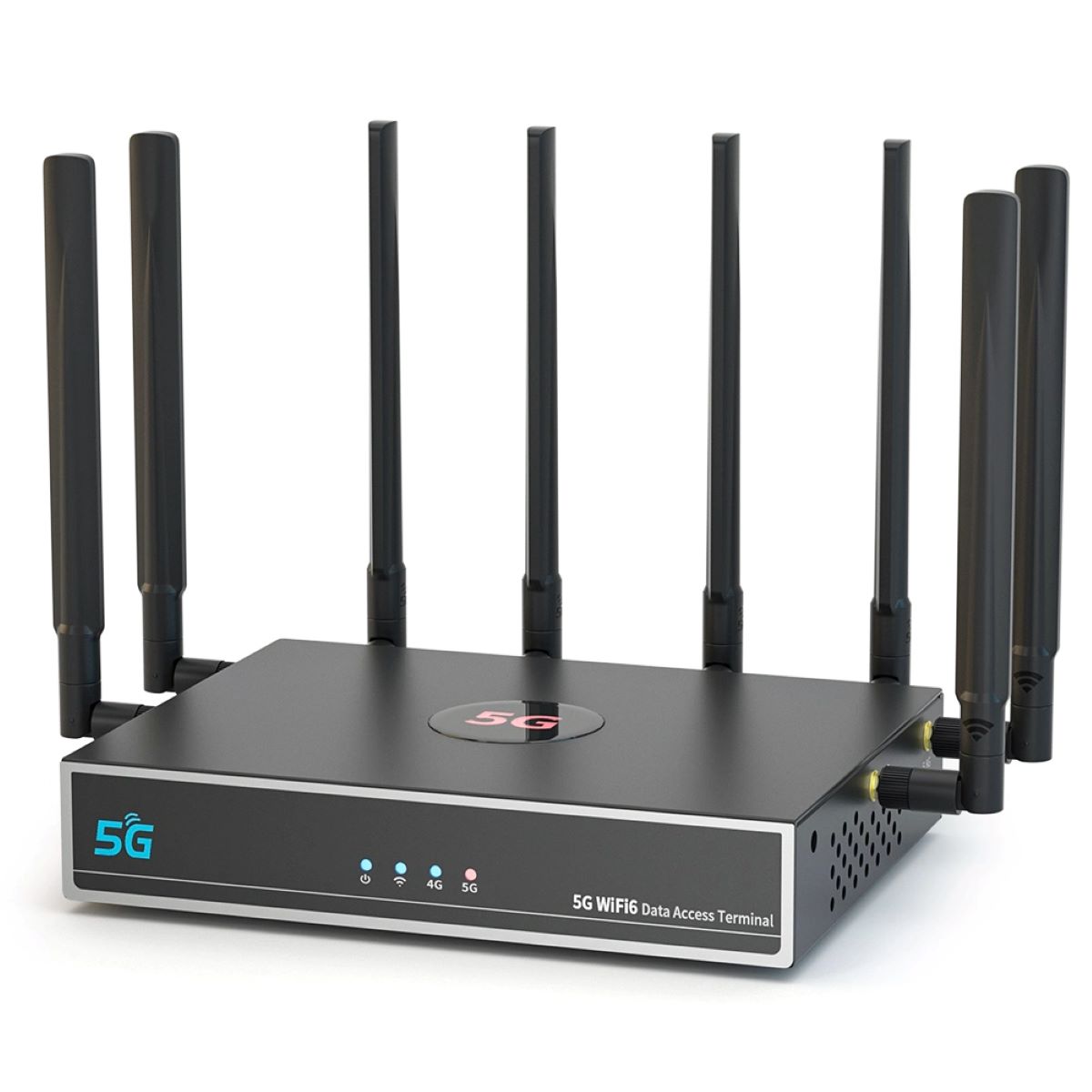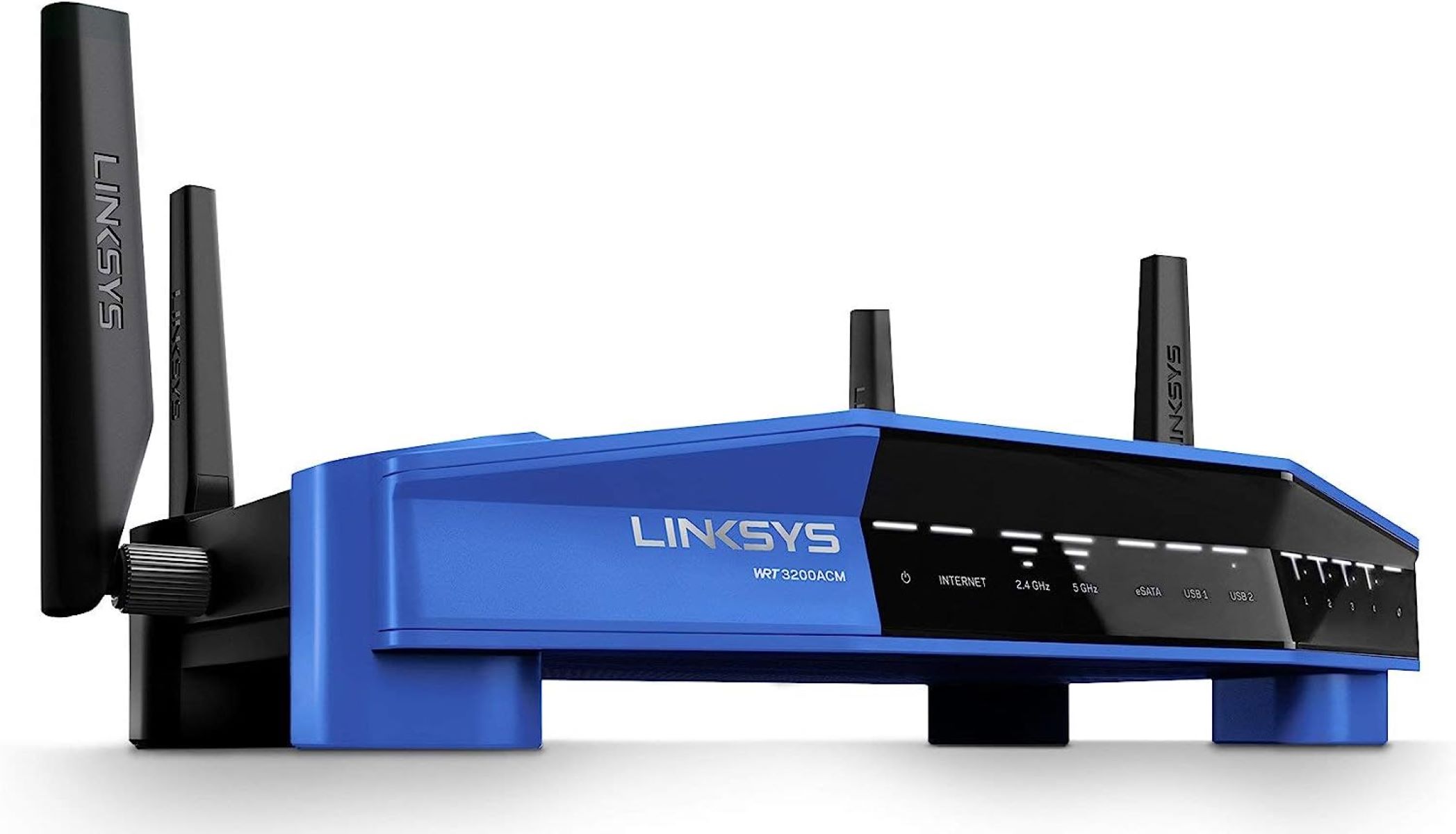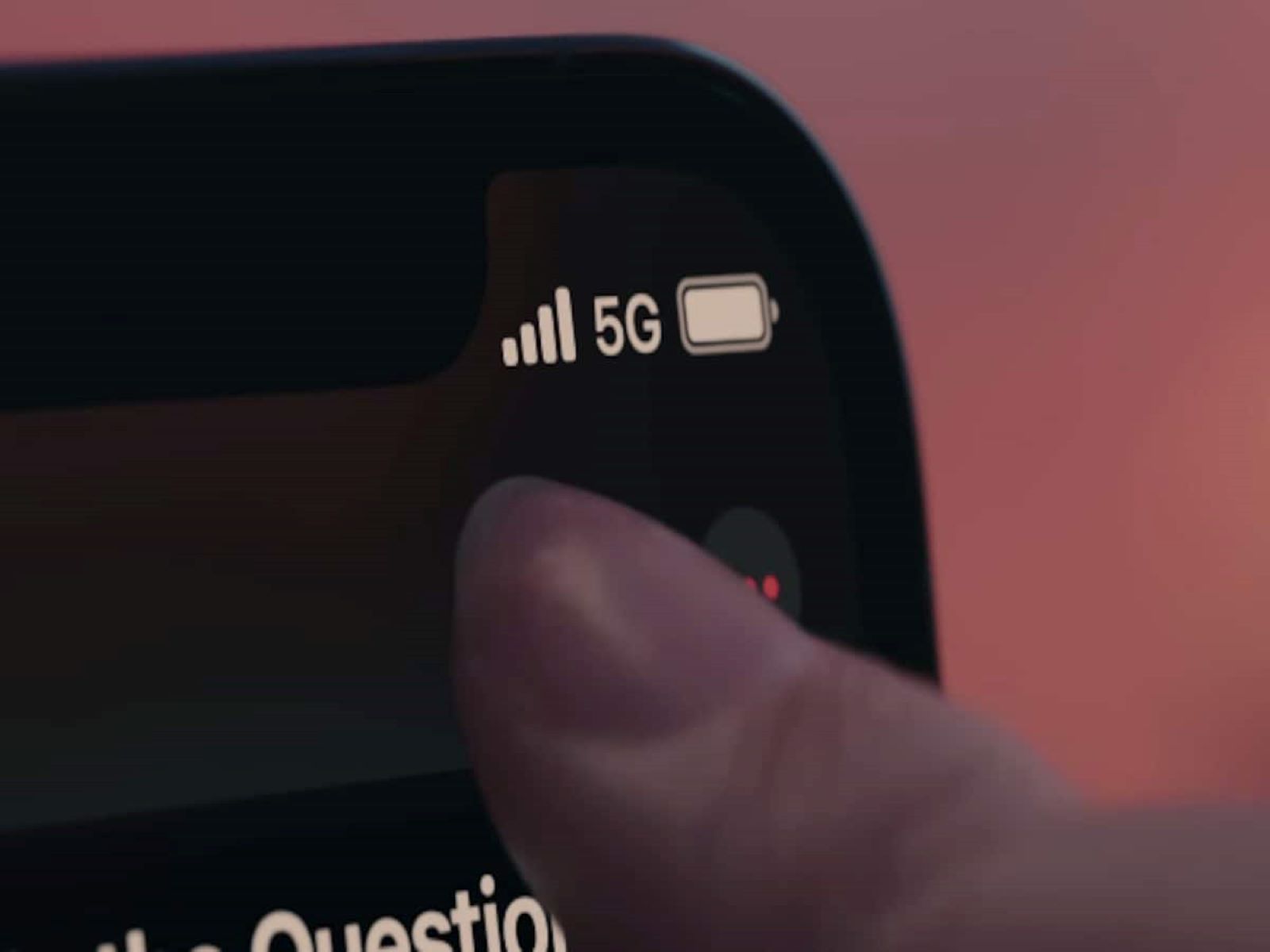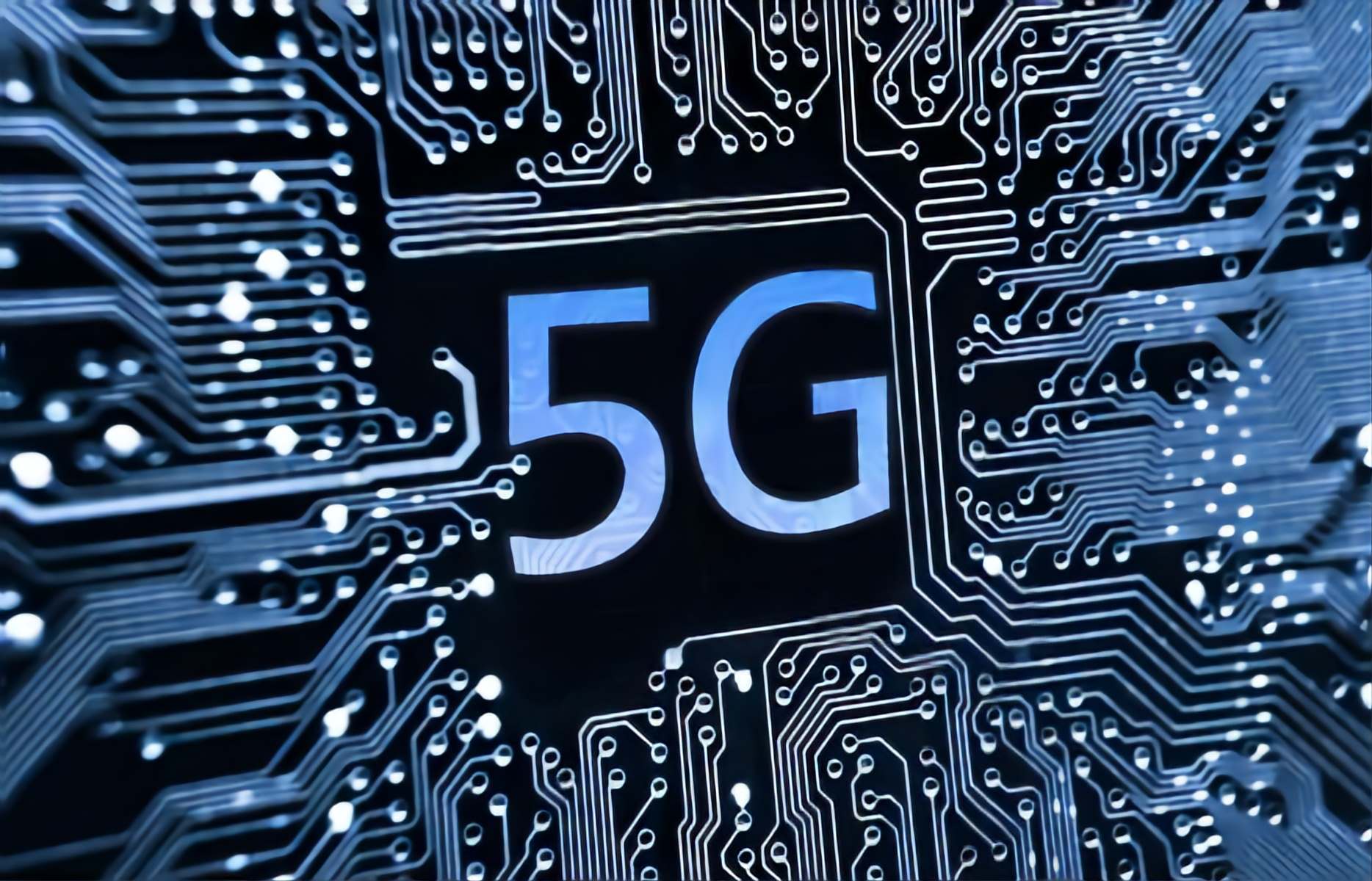Introduction
Welcome to the exciting world of 5G NR. In today’s rapidly advancing technology landscape, the demand for faster and more reliable mobile connectivity is ever-increasing. This is where 5G NR, or 5G New Radio, comes in. As the next generation of mobile networks, 5G NR promises to revolutionize the way we connect, communicate, and experience the digital world.
With its unprecedented speed, low latency, and massive connectivity capabilities, 5G NR is poised to unlock new opportunities and enable transformative technologies such as the Internet of Things (IoT), autonomous vehicles, augmented reality, and much more. Whether you’re a tech enthusiast, a business professional, or simply a curious individual, understanding the basics of 5G NR is crucial for keeping up with the future of mobile communications.
Before diving into the technicalities of 5G NR, let’s take a quick trip down memory lane to understand how mobile networks have evolved over the years.
Subtopics:
- What is 5G?
- The Evolution of Mobile Networks
What is 5G?
5G, short for fifth generation, represents the latest advancement in mobile network technology. It is the successor to 4G LTE and aims to deliver a significant leap forward in terms of speed, capacity, and connectivity. Unlike previous generations, 5G is designed to encompass a wide range of use cases, from enhanced mobile broadband to mission-critical applications and massive IoT deployments.
At its core, 5G aims to provide three primary benefits: faster speeds, lower latency, and increased network capacity. With 5G, users can expect download and upload speeds that are significantly faster than those available on 4G networks. This means that downloading large files, streaming high-definition videos, and using bandwidth-intensive applications will become smoother and more seamless than ever before.
Another key aspect of 5G is reduced latency, or network response time. While 4G networks typically have a latency of around 50 milliseconds, 5G aims to bring that down to just a few milliseconds. This near-instantaneous response time is crucial for applications that require real-time communication, such as autonomous vehicles, remote surgery, and virtual reality gaming.
Furthermore, 5G is designed to support a massive number of connected devices simultaneously. This is made possible through advanced technologies like network slicing, which enables the virtual partitioning of the network to cater to specific use cases. With the anticipated growth of IoT devices, 5G will be able to handle the massive influx of data generated by billions of interconnected devices, ensuring efficient and reliable connectivity.
In summary, 5G represents a significant leap forward in mobile network technology. It offers faster speeds, lower latency, and increased network capacity, enabling a wide range of applications and use cases. With 5G, we can expect a more connected and technologically advanced world that will empower individuals and drive innovation across industries.
The Evolution of Mobile Networks
The journey towards 5G didn’t happen overnight. It has been a gradual evolution of mobile networks over several generations, each introducing significant advancements and laying the groundwork for the next. Let’s take a closer look at the evolution of mobile networks:
1G: The first generation of mobile networks, introduced in the 1980s, allowed for basic voice calls and had limited coverage.
2G: The second generation, launched in the 1990s, brought digital voice communication and the ability to send text messages. It was a significant improvement in terms of call quality and capacity.
3G: With the rollout of 3G networks in the early 2000s, the mobile internet became a reality. Users could browse the web, send multimedia messages, and access limited data services.
4G: The fourth generation, or 4G, marked a major milestone in mobile networks. It introduced high-speed data transfer, enabling seamless video streaming, online gaming, and advanced mobile applications.
Now we stand on the brink of the fifth generation, 5G, which promises to take mobile connectivity to new heights.
5G builds upon the foundation laid by previous generations and addresses the limitations and challenges they faced. It offers higher speed, lower latency, increased capacity, and improved reliability. This evolution is driven by advancements in areas such as radio technology, network architecture, and spectrum allocation.
As the demand for faster and more reliable connectivity continues to grow, 5G will play a crucial role in meeting these needs. It will not only improve the mobile experience but also open up doors to new applications and use cases that were previously unimaginable.
The evolution of mobile networks from 1G to 5G is a testament to the continuous quest for innovation and improvement in the telecommunications industry. Each generation has brought us closer to a future where seamless connectivity is a fundamental part of our everyday lives.
Understanding 5G NR
In order to grasp the true essence of 5G NR, it’s important to understand its core components and how they work together to deliver the promised benefits. Let’s explore the key aspects of 5G NR:
1. Frequency Bands: 5G NR operates in a wider range of frequency bands compared to previous generations. These bands include low, mid, and high frequencies, each with its own characteristics and applications. The utilization of different frequency bands allows for a balance between coverage and capacity, ensuring optimal performance in various scenarios.
2. New Radio Interface: The New Radio (NR) interface is the foundation of 5G. It is designed to be flexible, scalable, and optimized for high data rates, low latency, and massive connectivity. The NR interface supports a wide range of deployment options, from macro cells to small cells, in order to provide seamless coverage and capacity in diverse environments.
3. Massive MIMO: Multiple-Input Multiple-Output (MIMO) technology, specifically Massive MIMO, is a vital element of 5G NR. It involves the use of multiple antennas at both the transmitter and receiver to improve spectral efficiency and increase network capacity. By leveraging beamforming techniques, Massive MIMO enhances signal quality and minimizes interference, resulting in faster and more reliable connections.
4. Network Slicing: One of the key features of 5G NR is network slicing, which enables the virtual partitioning of the network to cater to different service requirements. This allows for the customization of the network to suit specific use cases, ensuring optimal performance and resource allocation. Network slicing ensures that applications with diverse needs, such as autonomous vehicles, smart cities, and industrial automation, can coexist on the same infrastructure without impacting each other.
5. Edge Computing: 5G NR is closely intertwined with edge computing, which brings processing and storage capabilities closer to the edge of the network. By reducing latency and optimizing data processing, edge computing enables real-time and mission-critical applications to operate seamlessly. This is particularly crucial for services such as autonomous vehicles, remote surgery, and IoT applications that require near-instantaneous response times.
In summary, 5G NR encompasses a range of technologies and architectural enhancements that combine to create a network capable of delivering blazing-fast speeds, ultra-low latency, and massive connectivity. Understanding these components is essential for unlocking the full potential of 5G NR and leveraging its capabilities for transformative applications and services.
Key Features of 5G NR
5G New Radio (NR) brings a host of exciting features that set it apart from previous generations of mobile networks. These key features of 5G NR are the building blocks that enable its remarkable performance and transformative capabilities. Let’s explore them in more detail:
1. Enhanced Mobile Broadband (eMBB): 5G NR delivers ultra-fast speeds and significantly higher capacity compared to 4G networks, enabling seamless streaming of 4K and even 8K videos, immersive virtual reality experiences, and high-quality live streaming. This enhanced mobile broadband experience ensures that users can enjoy bandwidth-intensive applications without any buffering or lag.
2. Ultra-Low Latency: 5G NR dramatically reduces end-to-end latency, making it ideal for applications that require real-time communication and near-instantaneous response. With latencies as low as a few milliseconds, 5G NR enables mission-critical services like autonomous vehicles, remote surgery, and real-time gaming, offering an unprecedented level of responsiveness and reliability.
3. Massive Machine-Type Communications (mMTC): 5G NR is designed to support the massive connectivity requirements of the Internet of Things (IoT), enabling billions of devices to connect effortlessly. From smart homes and smart cities to industrial automation and wearables, 5G NR’s mMTC capability offers seamless connectivity for a wide array of IoT applications, with optimized power consumption and efficient use of network resources.
4. Ultra-Reliable and Secure Communications: 5G NR provides enhanced reliability and security for critical applications. With features like redundant network architectures, advanced encryption algorithms, and robust authentication mechanisms, 5G NR ensures the confidentiality, integrity, and availability of communication, making it suitable for applications such as emergency services, financial transactions, and industrial control systems.
5. Network Slicing: 5G NR introduces the concept of network slicing, which allows for the creation of virtual networks that are customized to meet specific requirements. This flexible and scalable approach enables operators to allocate resources efficiently for different use cases, ensuring optimal performance and quality of service for diverse applications such as autonomous vehicles, remote monitoring, and augmented reality.
6. Beamforming and Massive MIMO: 5G NR leverages advanced antenna technologies like beamforming and Massive Multiple-Input Multiple-Output (MIMO) to enhance coverage, improve signal quality, and increase network capacity. With beamforming, the focus of the signal can be directed towards the intended user, leading to better coverage and reduced interference. Massive MIMO, on the other hand, utilizes multiple antennas to transmit and receive data concurrently, enabling higher data rates and improved spectral efficiency.
In summary, the key features of 5G NR – enhanced mobile broadband, ultra-low latency, massive machine-type communications, ultra-reliable and secure communications, network slicing, and advanced antenna technologies – collectively redefine the possibilities of mobile connectivity. These features enable a range of applications and use cases that were previously unachievable, paving the way for a truly connected and technologically advanced future.
5G NR Spectrum Bands
5G NR operates across a wide range of frequency bands, each with its own characteristics and capabilities. The allocation of spectrum for 5G NR is critical in delivering the desired performance and meeting the diverse requirements of different use cases. Let’s explore the spectrum bands used in 5G NR:
1. Low-Frequency Bands: 5G NR utilizes frequencies below 1 GHz, such as the sub-1 GHz bands, including the 600 MHz and 700 MHz bands. Low-frequency bands offer excellent coverage and penetration, enabling wide-area deployments and reaching indoor areas more effectively. These bands are particularly useful for providing seamless connectivity in rural areas and supporting IoT devices with long battery life and extended coverage.
2. Mid-Frequency Bands: 5G NR leverages mid-frequency bands, primarily in the range of 1 GHz to 6 GHz, including the C-Band (3.4-4.2 GHz) and the slightly higher frequency bands in the 3.6-3.8 GHz range. These bands strike a balance between coverage and capacity, providing a good combination of range and achievable data rates. Mid-frequency bands are well-suited for dense urban environments and areas with high data traffic demands.
3. High-Frequency Bands: 5G NR also utilizes high-frequency bands, often referred to as millimeter waves (mmWave), which operate in the range of 24 GHz to 100 GHz and beyond. These high-frequency bands offer vast amounts of available spectrum, enabling extremely high data rates. However, they have a shorter range and are more susceptible to signal attenuation due to obstacles like buildings and foliage. Despite these challenges, high-frequency bands hold immense potential for ultra-dense deployments, such as urban hotspots and stadiums, where high capacity is required.
The allocation and availability of spectrum bands for 5G NR vary across countries and regions. Regulatory bodies and telecommunications authorities play a crucial role in ensuring the appropriate spectrum resources are made available for 5G deployment. Consequently, operators must carefully plan and optimize their use of the spectrum to deliver the best coverage, capacity, and performance for 5G services and applications.
In summary, 5G NR encompasses a diverse spectrum landscape, leveraging low, mid, and high-frequency bands to address different coverage, capacity, and performance requirements. By harnessing the potential of various spectrum bands, 5G NR enables operators to deliver robust and reliable connectivity, revolutionizing industries and unlocking the possibilities of the future.
Benefits of 5G NR
5G New Radio (NR) offers a multitude of benefits that set it apart from previous generations of mobile networks. From enhanced connectivity to transformative applications, 5G NR opens up a world of possibilities. Let’s explore some of the key benefits of 5G NR:
1. Blazing-Fast Speeds: 5G NR delivers unprecedented download and upload speeds, making tasks like downloading large files, streaming high-quality videos, and using bandwidth-intensive applications a seamless experience. With speeds potentially reaching up to 10 Gbps, 5G NR enables faster browsing, smoother video streaming, and instant downloads, revolutionizing the way we consume and interact with digital content.
2. Ultra-Low Latency: 5G NR dramatically reduces network latency, resulting in near-instantaneous response times. This low latency is essential for applications that require real-time communication, such as autonomous vehicles, remote surgery, and augmented or virtual reality experiences. With latency as low as a few milliseconds, 5G NR enables mission-critical services with lightning-fast responsiveness.
3. Massive Connectivity: 5G NR is built to support a massive number of connected devices simultaneously. With the rapid growth of the Internet of Things (IoT), which encompasses everything from smart homes to industrial automation, 5G NR’s massive connectivity capabilities ensure seamless and efficient communication between billions of interconnected devices. This paves the way for a smarter and more connected world.
4. Enhanced Mobile Experience: With 5G NR, users can enjoy an enhanced mobile experience, characterized by high-quality, low-latency video streaming, lag-free gaming, and augmented reality experiences that seamlessly blend the virtual and physical worlds. Whether it’s watching a live sports event in 4K resolution or engaging in a multiplayer online game with minimal lag, 5G NR takes mobile entertainment to new heights.
5. Transformative Applications: 5G NR unlocks the potential for transformative applications and use cases across various industries. From smart cities and autonomous vehicles to remote healthcare and immersive virtual reality, 5G NR enables innovation and empowers businesses to embrace technologies that were previously limited by network capabilities. It acts as an enabler for future advancements and drives digital transformation on a global scale.
6. Economic Growth and Innovation: The deployment of 5G NR not only improves connectivity but also spurs economic growth and fosters innovation. The high-speed, low-latency capabilities of 5G NR open up opportunities for businesses to develop new products, services, and business models. It enables the creation of smarter infrastructure, enhances productivity, and drives innovation in industries such as manufacturing, transportation, healthcare, and more.
These benefits of 5G NR – blazing-fast speeds, ultra-low latency, massive connectivity, enhanced mobile experiences, transformative applications, and economic growth – have the potential to revolutionize the way we live, work, and connect. As 5G NR continues to roll out worldwide, its impact will be felt across industries, making our world smarter, more efficient, and more connected than ever before.
Use Cases and Applications of 5G NR
5G New Radio (NR) opens up a plethora of use cases and applications that take advantage of its high-speed, low-latency, and massive connectivity capabilities. Let’s explore some of the exciting ways in which 5G NR is transforming various industries and sectors:
1. Autonomous Vehicles: 5G NR enables real-time communication between vehicles, traffic infrastructure, and pedestrians, creating a connected ecosystem for autonomous vehicles. With ultra-low latency and reliable network connectivity, 5G NR enhances the safety, efficiency, and responsiveness of autonomous vehicles, leading to safer roads and improved transportation systems.
2. Smart Cities: 5G NR plays a crucial role in realizing the vision of smart cities. It enables the deployment of advanced IoT devices and sensors for smart infrastructure, improving the efficiency of energy management, traffic control, waste management, and more. With 5G NR, cities can optimize resource allocation, enhance sustainability, and deliver better public services.
3. Telemedicine and Remote Healthcare: The low latency and high reliability of 5G NR make it ideal for telemedicine applications and remote healthcare services. Doctors can remotely diagnose and treat patients, perform surgeries using robotic assistance, and monitor patients in real-time. 5G NR ensures that healthcare professionals can deliver high-quality care regardless of geographical distances.
4. Industrial Automation: 5G NR transforms industrial processes by enabling real-time monitoring, control, and optimization through IoT devices, robotics, and machine-to-machine communication. With its low latency and high reliability, 5G NR allows for precise control and efficient management of manufacturing operations, logistics, and supply chain management.
5. Virtual and Augmented Reality (VR/AR): 5G NR enhances the immersive experiences offered by VR and AR technologies. With its high-speed and low-latency capabilities, 5G NR enables seamless streaming of high-resolution VR content, real-time collaboration, and interactive AR applications. This opens up new opportunities for gaming, entertainment, remote training, and virtual simulations.
6. Internet of Things (IoT): 5G NR supports the massive connectivity requirements of the IoT. It enables the seamless interconnection of billions of devices, allowing for efficient data transmission, real-time data analytics, and intelligent automation. From smart homes and wearables to industrial applications and agriculture, 5G NR empowers innovative IoT use cases that were previously impractical due to network limitations.
7. Enhanced Mobile Experiences: 5G NR enhances mobile experiences by delivering ultra-fast download and upload speeds, lag-free streaming, and improved network performance in crowded areas. Users can enjoy high-definition video streaming, cloud gaming, immersive AR/VR, and seamless multi-device connectivity, transforming the way we consume and interact with mobile content.
These are just a few examples of the diverse use cases and applications that 5G NR enables. As technology continues to advance and more industries embrace the transformative power of 5G NR, we can expect even more innovative applications that enhance our lives, improve efficiency, and drive economic growth.
Challenges and Limitations of 5G NR
Despite the immense potential and benefits of 5G New Radio (NR), there are several challenges and limitations that need to be addressed. Let’s explore some of the key challenges facing 5G NR:
1. Infrastructure Requirements: 5G NR requires a significant infrastructure upgrade to support its high-frequency bands and advanced technologies. The deployment of small cells, base stations, and fiber optic networks is essential for achieving the desired coverage and capacity. However, this infrastructure rollout is a complex and costly process, requiring collaboration between operators, governments, and regulatory bodies.
2. Spectrum Availability: The availability of suitable spectrum is crucial for the successful deployment and performance of 5G NR. Different countries have different approaches to spectrum allocation, and ensuring sufficient spectrum resources for 5G NR can be a challenge. The need for harmonized and appropriate spectrum allocation is vital to unlock the full potential of 5G NR.
3. Signal Coverage: The use of higher-frequency bands in 5G NR, such as millimeter waves, poses challenges in terms of signal coverage. These frequencies have shorter wavelengths, leading to limited propagation distance and higher susceptibility to signal blockage by physical obstacles like buildings and foliage. Extensive network planning and infrastructure densification are required to ensure adequate coverage, especially in urban areas.
4. Device Compatibility: The widespread adoption and availability of 5G NR-compatible devices are crucial for the success of the technology. While device manufacturers are rapidly releasing 5G-enabled smartphones and other devices, ensuring seamless compatibility across different devices, network bands, and frequency bands can be a challenge. Interoperability and device affordability are key factors that need to be addressed to drive mass adoption.
5. Regulatory Considerations: The deployment of 5G NR is subject to various regulatory considerations, including spectrum licensing, electromagnetic radiation, and privacy regulations. Regulatory frameworks need to keep up with the advancements in 5G NR to foster innovation while ensuring consumer protection and public safety.
6. Security and Privacy: With the increasing number of connected devices and the vast amounts of data being transmitted, the security and privacy concerns surrounding 5G NR are paramount. Safeguarding data, preventing unauthorized access, and ensuring user privacy are significant challenges that need to be addressed through robust security protocols and regulations.
7. Cost Implications: The deployment of 5G NR involves substantial investment in infrastructure, devices, and network upgrades. The cost implications for operators and end-users can be a limitation in the initial stages of 5G NR rollout. Achieving a balance between cost-effectiveness and delivering the promised performance is a challenge that needs careful consideration.
Addressing these challenges and limitations requires collaboration among stakeholders, technological advancements, regulatory support, and investment in research and development. Despite the obstacles, the potential of 5G NR to revolutionize industries, drive innovation, and transform connectivity makes it a technology worth pursuing and overcoming these challenges.
Conclusion
5G New Radio (NR) represents a significant leap forward in mobile network technology, offering blazing-fast speeds, ultra-low latency, massive connectivity, and transformative applications. It builds upon the foundation laid by previous generations and addresses the limitations and challenges they faced. With its advanced features and capabilities, 5G NR has the potential to revolutionize industries, drive innovation, and transform the way we live, work, and connect.
From enhanced mobile broadband to mission-critical applications and massive IoT deployments, 5G NR opens up a world of possibilities. Autonomous vehicles can communicate seamlessly, smart cities become a reality, and telemedicine transcends geographical boundaries. The immersive experiences offered by virtual and augmented reality reach new heights, and the Internet of Things connects billions of devices effortlessly. These are just a glimpse of the transformational use cases enabled by 5G NR.
However, along with its immense potential, 5G NR does face several challenges and limitations. Infrastructure requirements, spectrum availability, signal coverage, device compatibility, regulatory considerations, security, and costs all need to be addressed for the widespread adoption and success of 5G NR. By collaborating and addressing these challenges, we can ensure that the full benefits of 5G NR are realized.
As 5G NR continues to roll out worldwide, it will reshape industries, drive economic growth, and empower individuals and businesses like never before. The journey towards a truly connected and technologically advanced world has just begun. As we navigate this exciting new era, it is imperative to embrace the opportunities and challenges brought forth by 5G NR, unlocking a future that is faster, smarter, and more connected.







